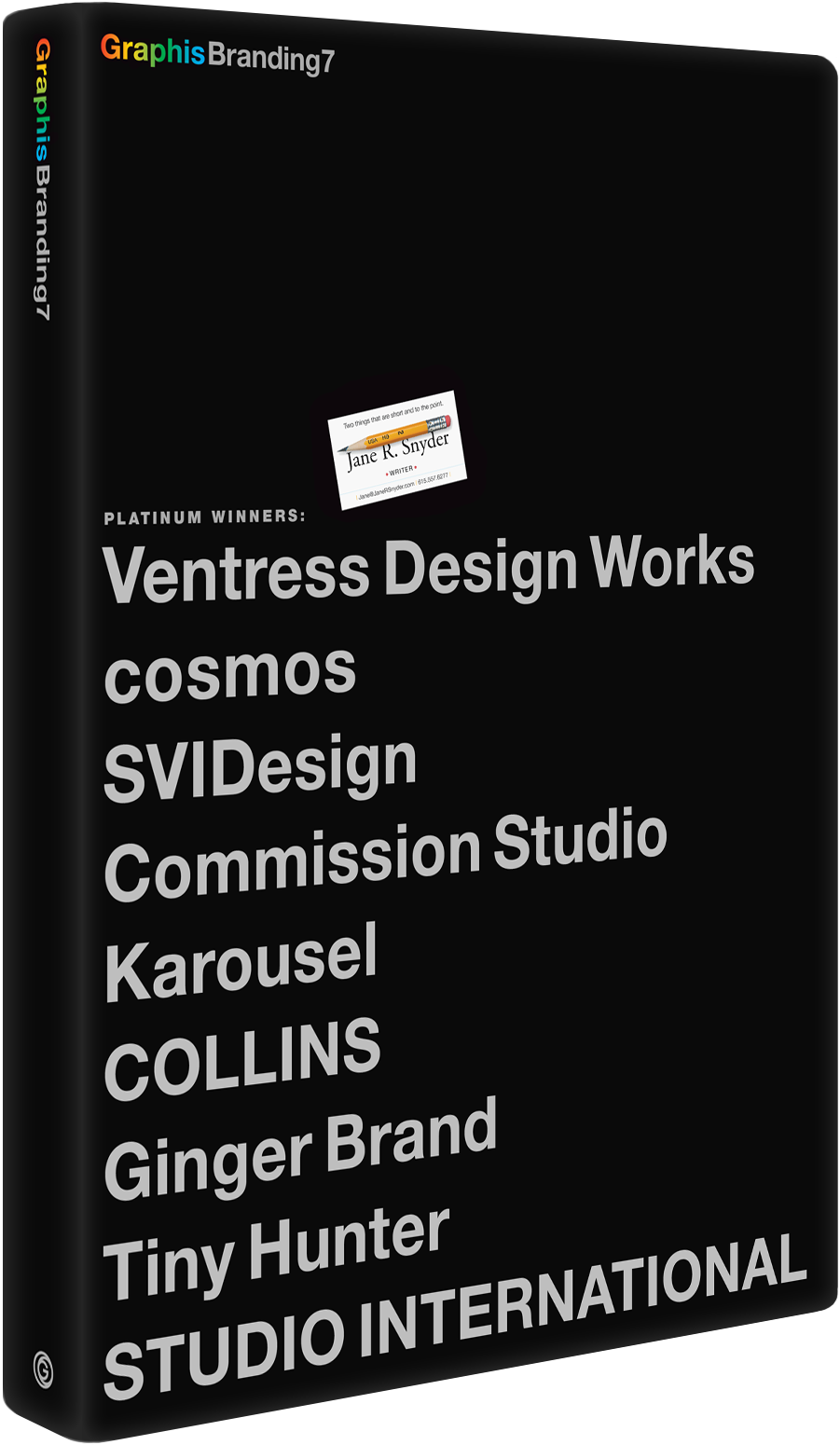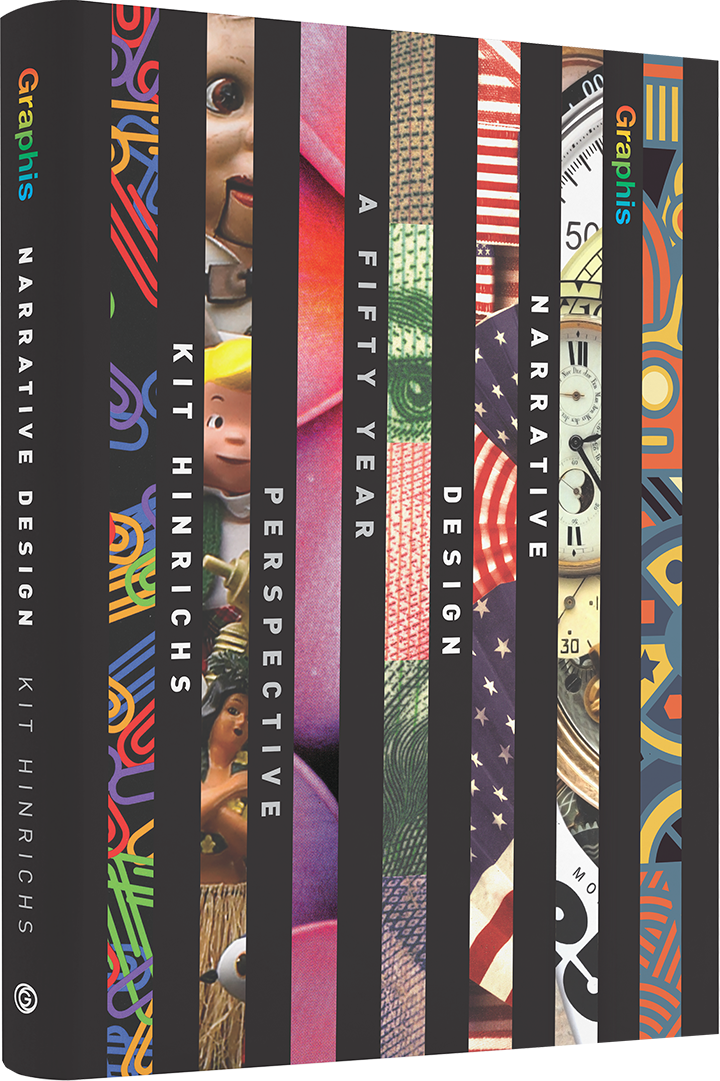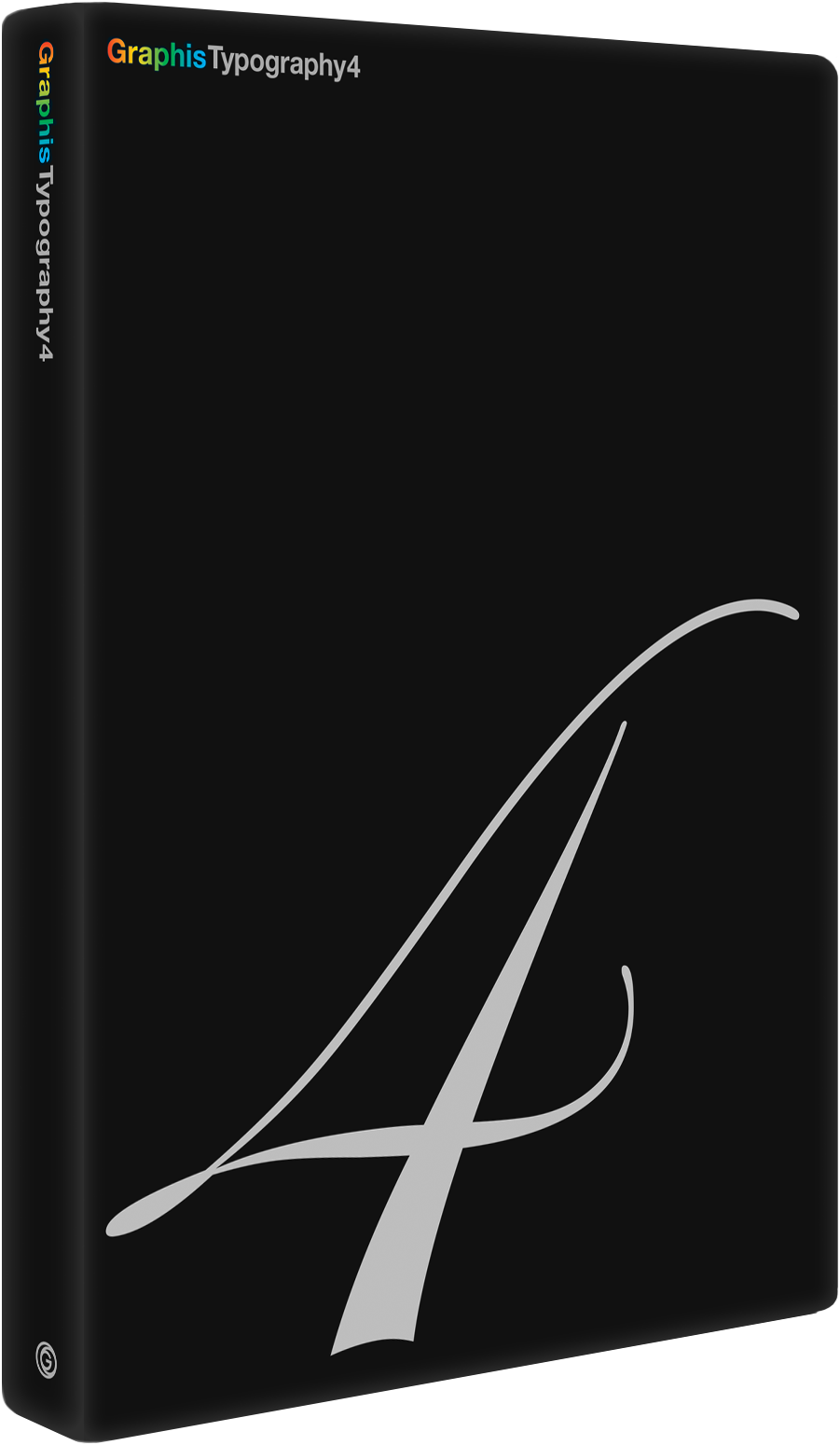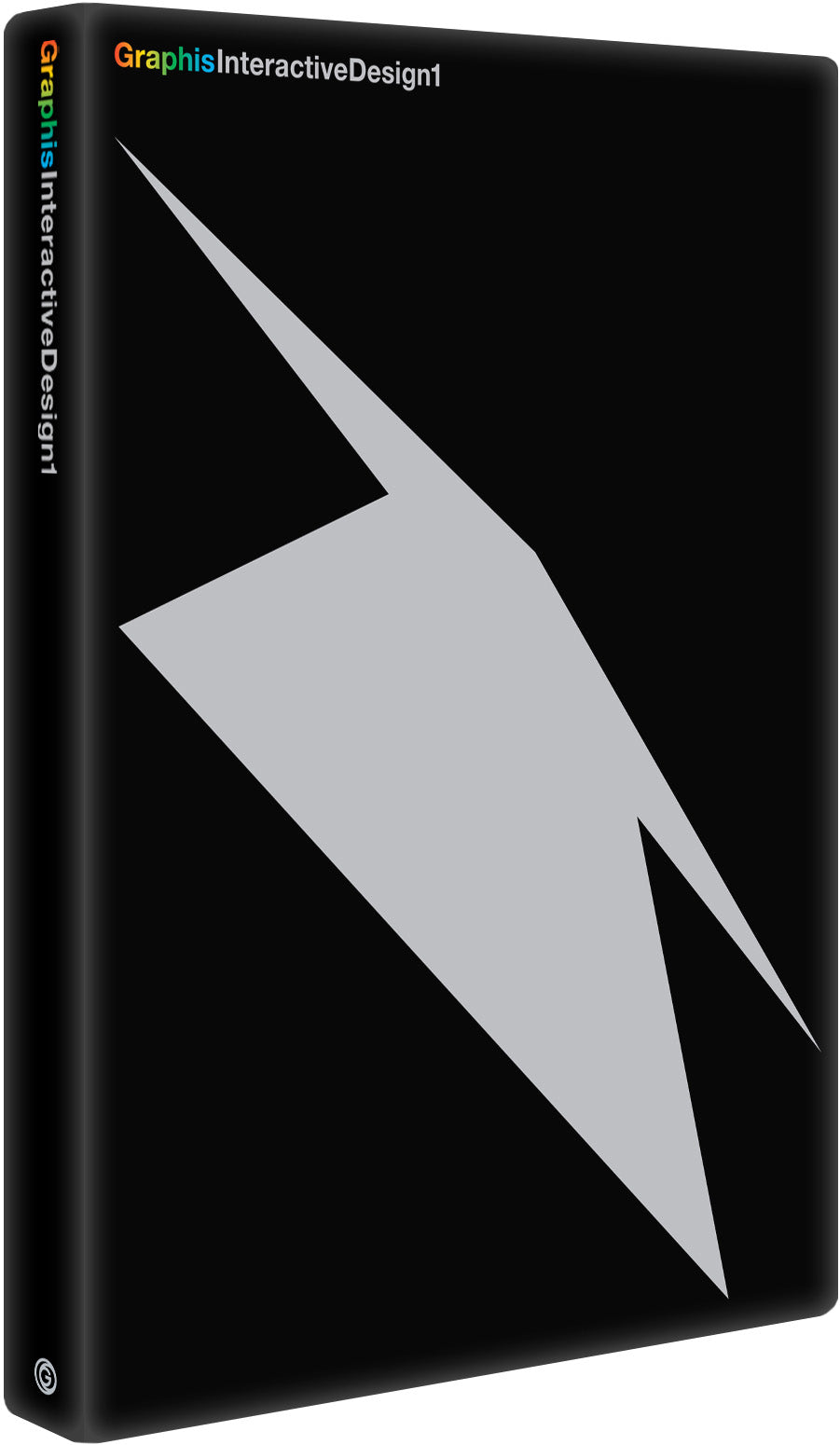Shaping Tomorrow’s Designers: Inside Thomas McNulty’s Classroom
For more than 20 years, Thomas McNulty has been shaping the next generation of graphic designers at the Academy of Art University’s School of Graphic Design. With the school’s open-door, no-portfolio admissions policy, his students range from seasoned creatives to first-time explorers of design. Regardless of background, Thomas meets each student where they are, guiding them to develop their own voice and vision through a focus on process, problem-solving, and collaboration. His mission is not just to produce great designers but confident thinkers and communicators ready to make an impact in the industry.
Introduction by Anna Villano, Executive Director, School of Graphic Design & School of Brand Communications, AAU
As the executive director of the School of Graphic Design at the Academy of Art University, I am truly honored to have Thomas McNulty as a cornerstone of our faculty. Over the years, he has taught numerous branding and packaging courses, sharing his vast design expertise and genuine passion for mentoring students. His dedication to teaching has helped many of his students launch extraordinary careers, working for renowned brands like Starbucks, Amazon, and TikTok. Tom’s ability to inspire creativity and guide students toward success has enriched our program and helped maintain its reputation as one of the most respected in the field. His unwavering commitment to our school and students makes him an exceptional educator and a cherished member of our faculty.

What is your process for selecting students for your classes? Are there specific qualifications they have to meet?
The Academy of Art University requires a no-portfolio policy to apply. That said, some students attending the university may have some art or design training, while others do not. In either case, this makes the job especially interesting as an educator when trying to help students define their path to becoming successful graphic designers.
Is there anything that would make you turn down a prospective student?
No. My role as an educator is to help students sharpen the skills necessary for them to enter the job market with an outstanding portfolio. I remind students that agencies look for designers who think strategically, are problem-solvers, and understand the design process when they graduate.
Have you ever dismissed a student from your class? If so, for what reason?
No. As an educator, I never had to dismiss a student from any classes. Maybe luck? I believe if you set the expectations and standards required in class at the start of each semester, you can stop a situation from happening. Keep it simple: Mutual respect, a willingness to learn, and professionalism go a long way in the class.
What might be a typical first assignment?
This depends on the nature, subject, and course. I prefer to give assignments based on process and problem-solving methods. For example:
- Provide a clear lesson plan that clarifies the course expectations and course learning outcomes (CLO).
- Require students to conduct in-depth and comprehensive research.
- Require students to create a written design strategy plan.
- Require students to explore and create visual mood boards.
- Require students to create ideation sketches.
- Require students to execute a final project.
Do you ever have students work on assignments for real clients?
Yes. I believe allowing students to work and interact with a real client provides excellent learning outcomes and experience while in school. Students learn that teamwork, collaboration, and communication with their peers are invaluable skills when preparing for the job market.
Do you ever ask them to include something they’re passionate about in their work for your class?
Periodically, I get a student who is passionate about drawing or illustration and wants to incorporate this skill into their final assignment. In this case, I encourage the idea of adding illustration work to their graphic design work. Sometimes, it proves successful; other times, it might be best to collaborate with a student illustrator for better outcomes. If an assignment requires photography, the same may apply. Working with a student photographer might also be the best option moving forward.
What has come into the conversation more and more these days is AI imaging. Instructors are now encouraged to get students to explore the visual opportunities available to help broaden their use of photography or illustration skills. The university now offers courses that support the use of AI imaging capability.
Do you work with students individually or in groups?
I work in both scenarios for different reasons… When conducting a class critique, I tend to work in groups where I have students present the work and then receive input and comments from their peers. I like to select individuals to comment on the work and create discussion topics. Conducting individual assessments will depend on the class size and nature of the assignment.
How do you develop and raise your students’ visual awareness?
I start by encouraging students to get out and explore their surroundings, especially the city of San Francisco. The city offers a rich culture of design, music, museums, libraries, architecture, and nature to raise awareness. Another exercise I conduct in class that helps raise students’ visual awareness occurs in my packaging courses. Each week, I ask students to bring an effective and/or ineffective package design to discuss with the class. This exercise raises awareness of 3D thinking and creates a dialogue around package and structural design.
How do you develop and raise your students’ verbal standards?
One challenging area for most students is speaking in front of a classroom and presenting their work or design strategies. Cue cards and rehearsing are great ways to help prepare important points they want to communicate to the class when presenting. I also point out that communicating an idea (verbally) is just as important as the work itself.
What percentage of a typical class goes on to create award-winning work?
I can’t be exact on the percentage. I can tell you that students from the Academy of Art University’s School of Graphic Design program win more award competitions year after year in design. Speaking from the advanced-level courses I teach in packaging or branding at the university, our graduates continue to produce award-winning agency work.
What kind of advice do you give your class at the end of the semester?
Believe in yourself and be passionate, and success will follow.
Can you name a few of your past students who have gained success? If so, what are they doing now?
Most of our graduates go on to become successful graphic designers once they enter the job market. One student, Fred Carriedo, has gained great success in the industry. Fred’s success includes lead design for Starbucks, Amazon, Wayfair, and Walmart. His design work extends across so many successful brands in the marketplace.
What attracted you to teaching at your current school?
What attracted me most about teaching at the Academy of Art University was the reputation, leadership, and mentorship of Mary Scott, the director emerita of the School of Graphic Design. When I joined the department 22 years ago, I knew that joining forces as the associate director and educator would be a great adventure for teaching so many students. Thank you, Mary Scott!
Thomas McNulty has been a brand and package design consultant for over 30 years in the United States and Europe. He served as the associate director and design educator of the School of Graphic Design at the Academy of Art University in San Francisco and received his degree from the ArtCenter College of Design. Thomas has successfully managed and directed many multinational brand and packaging programs, including Anheuser-Busch, Apple, Raychem, Oracle, Charles Krug Winery, Trinchero Family Estates, Anomaly Vineyards, Lynch Vineyards, Coca-Cola (Ireland), Kraft Foods, Mrs. Fields, Otis Spunkmeyer, and Safeway, winning numerous awards and recognition for design excellence from the likes of American Corporate Identity, Communication Arts, Graphis, Graphic Design USA, International Packaging, Print magazine, CMYK, and the Design Business Association. His company, Profile Design, was featured numerous times as a leading graphic design agency in the San Francisco Graphic Design Showcase publication.

Social: LinkedIn
Discover other creatives in the Graphis Journal #384.
You may also like
Mark Braught: Creating Successful Creative Solutions
In the world of illustration, few voices resonate with as much clarity and passion as Mark Braught….
Read MoreBailey Lauerman and Bosch Catches Your Eye at the Las Vegas Sphere
One year ago, engineering and technology company Bosch reached out to advertising firm Bailey Lauerman to promote…
Read More
Related Annuals & Publications
View AllBecome a Graphis Member
- 1-Year Membership Subscription
- Enjoy 50% off on Call for Entries
- 1-Year FREE Subscription to Graphis Journal
- Your Portfolio online with profile + links
- Get 20% off on Graphis Books








